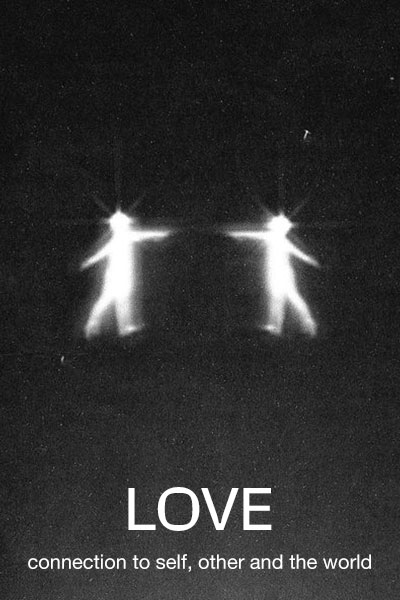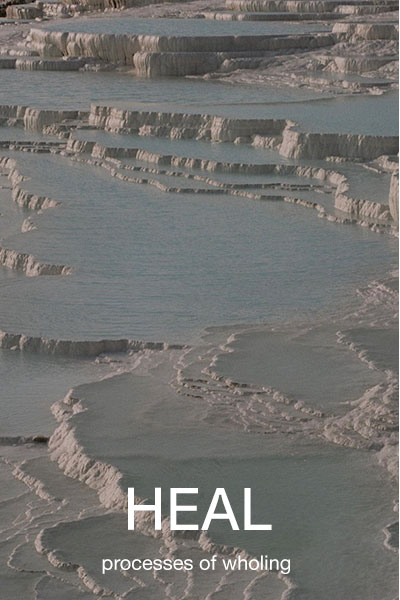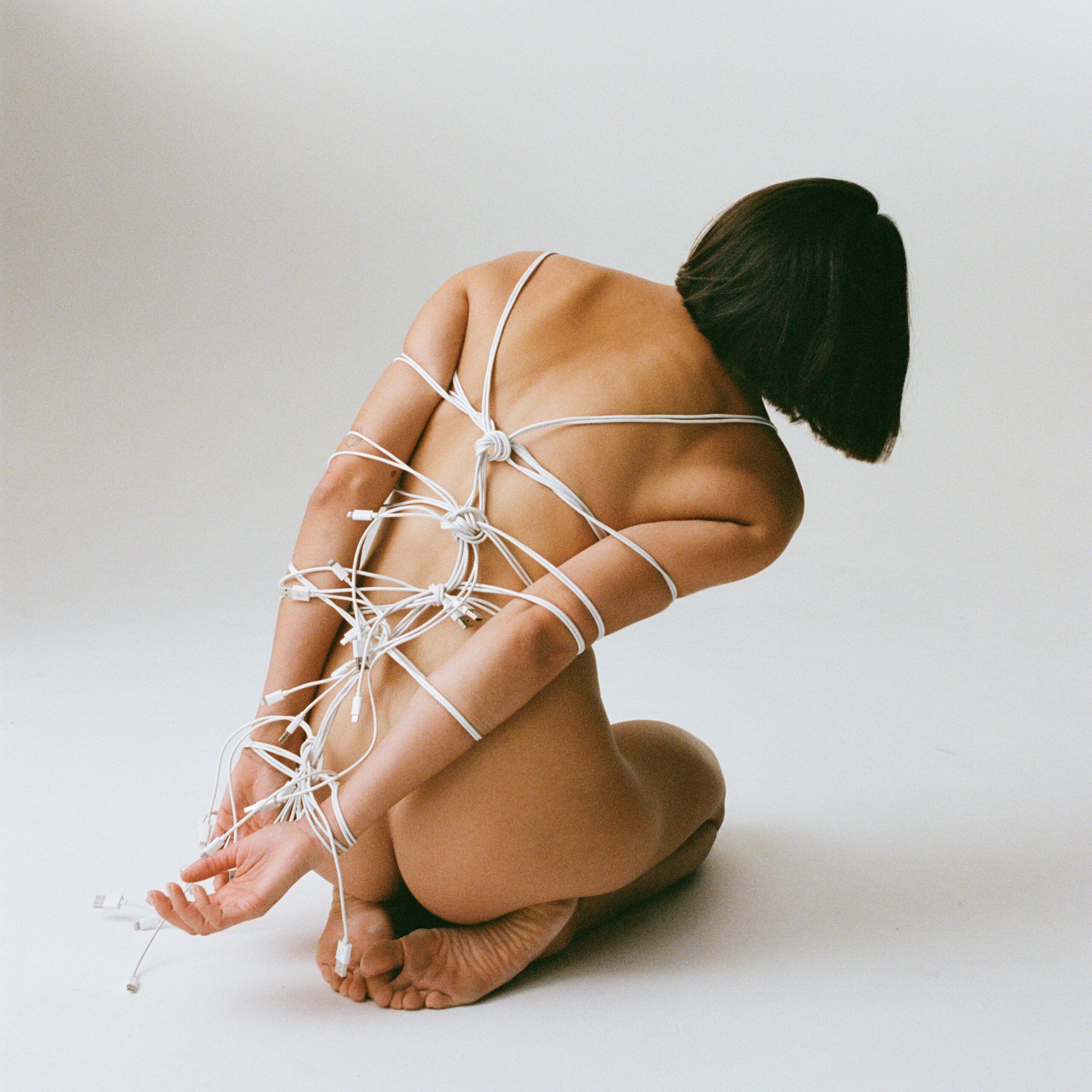The colour of calm
Colour therapy and the healing power of art.
Ever pieced together an outfit to suit your mood? Or maybe when moving into a new place, you specifically made your choice based on the colour of the walls? Well, without realising, you have applied colour therapy to your life.
This alternative form of therapy has been proven to have many benefits that can improve our mental, physical and spiritual health.
Here’s everything you need to know about the benefits of colour therapy and how each colour can make your day more, erm, colourful.
THE ORIGIN OF COLOUR THERAPY
Also known as chromotherapy, colour therapy dates back to the Ancient Egyptians, where folks would use colour to cure all kinds of ailments. Not only did they worship the sun and the healing properties that its light contained, but they’d also study nature and emulate the various colours in different aspects of their lives as a way of tapping into the power of nature. For example, they would line the floors of their temples with green to symbolise the grass that grew in the sacred Nile River. They would also include blue in the colour palette of their temples to represent the sky. Basically no colour was used by chance, everything had a meaning to it.
WHAT IS COLOUR THERAPY?
A form of therapy that uses colour and light to treat mental and physical health. Despite gaining popularity over the years through its use by therapists and new-age healers, it hasn’t been fully embraced in Western medicine and is therefore considered an experimental form of therapy by medical experts.
HOW DOES COLOUR THERAPY WORK?
Chromotherapy works by channelling specific colours and lights, each of which holds a specific purpose, to evoke different emotions and responses from whoever comes into contact with the colours. Experts believe that colour can positively impact us in many ways and can be a beneficial aid in treating different issues.
HOW CAN I DO IT?
It is believed that colour can affect our bodies by way of sight or touch. To apply colour therapy through sight, stare at a particular colour, based on whatever your needs are, and wait until your body elicits a response to it. To apply colour therapy by touch, reflect the chosen colour onto parts of your body, depending on whichever part of you needs healing, so that you absorb the colour.
These are techniques to apply for speedy healing, but another major way that you can apply colour therapy to your daily life is by deciphering which colour you need, then arranging your space (your home, your workplace, anywhere you frequent) with that colour and by eliminating colours that don’t serve you any purpose.
You can also choose to wear the desired colour so that you constantly have it on hand, radiating its energy onto your body and keeping it in your peripheral vision so that its desired affect takes hold.
WHAT DOES EACH COLOUR REPRESENT?
Have a squiz at the most common colours used in colour therapy below, identify which one will serve you best, then apply that to the aforementioned techniques.
Red: If you’re feeling depleted, it’s believed that red will revitalise your spirit and give you a fresh burst of energy. With that said, colour therapists recommend that you use caution when applying red as it may trigger you if you’re feeling stressed. If this is the case, use red in moderation.
Blue: As blue is the colour associated with sadness and depression, it can also be used to treat these areas as it soothes the mind. It can also be used if you’re having trouble sleeping by helping you to relax and ease into dreamland.
Green: Another colour used to help relieve stress and bring about relaxing vibes, due to its association with nature.
Yellow: As it’s the colour of the sun, sunflowers and all things happy, it should come as no surprise that a splash of yellow will brighten up your mood and help you feel happy, optimistic and hopeful.
Orange: Similar to yellow, orange boosts your mood and stimulates happy emotions. Having trouble eating? Orange is also believed to help you drum up an appetite.
Want to delve deeper into colour therapy or too nervous to try it on your own? Get in touch with a certified chromotherapist who can guide you in your foray into the study of colours.





















